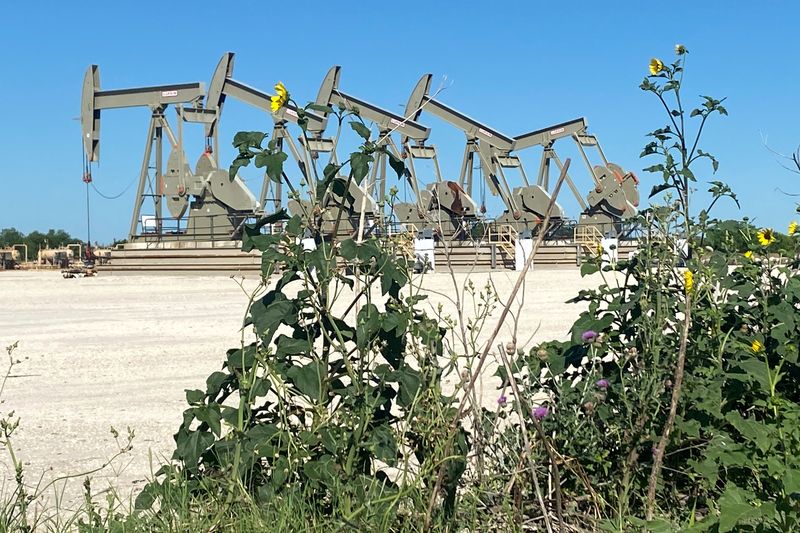OPEC’s fears were not justified on shale production in US
2022.12.16 07:10
[ad_1]

OPEC’s fears were not justified on shale production in US
Budrigannews.com – As factors such as investor apprehension have slowed expansion, OPEC’s forecasts for U.S. shale oil supply have been lowered multiple times, making the non-conventional supply less of a concern in its oil policy decisions.
OPEC reduced its 2023 growth forecast for U.S. tight oil, also known as shale, to 780,000 barrels per day on Tuesday. After gradually reducing its forecast from 880,000 bpd in July to 590,000 bpd in 2022, the company maintained that forecast.
Over the course of the past two decades, shale oil drillers in the United States contributed to the country becoming the largest producer in the world. However, output gains are slowing down, and executives predict further declines.
Since output from non-OPEC allied nations is taken into account in its output policy decisions as part of the larger OPEC+ group, the Organization of Petroleum Exporting Countries, which pumps approximately a third of the world’s oil, has a significant impact on shale growth.
Some in the industry claim that the slowdown in Shale gives OPEC more control over the total supply of oil worldwide. The CEO of U.S. maker Hess (NYSE:) said last month that OPEC was the top swing producer and was “back in the driver’s seat.”
Gary Ross, CEO of Black Gold Investors and a seasoned OPEC observer, said of shale, “It is becoming more predictable and less expansible than it was five years ago.” He was referring to the market.
In October, OPEC+ implemented its largest output reduction since the pandemic began in 2020. There have been warnings that higher prices and lower OPEC+ output would encourage U.S. shale producers to pump more in the past, but officials have not raised these concerns recently.
“Unquestionably as a variable of significance it fell a couple of spots,” an OPEC+ source expressed, declining to be distinguished by name.
More Russia will soon respond to oil price restrictions-Kremlin
In remarks made in August to Reuters, OPEC Secretary General Haitham Al Ghais attributed the slower shale growth to factors such as an increase in investor prudence, a decrease in funding, and the impact that environmental, social, and governance (ESG) issues have had on the industry.
He stated, “We are seeing signs that the phenomenal growth that occurred maybe three, four, or five years ago is not taking place, at least not yet.”
Al Ghais stated that supply chain issues, licensing requirements, and concerns about fire were obstacles for shale.
OPEC has faced difficulties in the past because of the rapid expansion of shale, such as when it contributed to the creation of a supply glut between 2014 and 2016. In the end, the oversupply led to the formation of OPEC+, which began reducing output in 2017.
OPEC has lowered its shale forecasts, but the group is still on the lookout.
Al Ghais stated, “So we share the consensus that we will see less growth than in the past.” But the shale industry in the United States is resilient. They have demonstrated this repeatedly, and we are aware that surprises can occur.
“This business’s shale patch in the United States is always changing. We continue to closely monitor it.”








